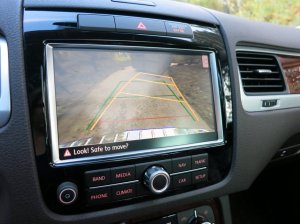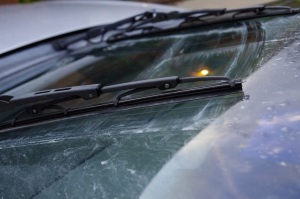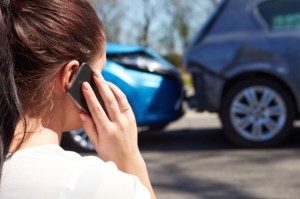When shopping for a new vehicle, the world is your oyster. Every vehicle in every automaker’s lineup is available for your perusal. You can purchase a fully loaded minivan for those big family vacations, a sleek new sports coupe for your next mid-life crisis toy or a stripped down compact for your new college graduate. The sky is quite seriously the limit. With hundreds of different models of sedans, sports cars, trucks and SUVs on the market right now, it’s up to you to pick out which type of vehicle suits you best. This isn’t as tricky as it sounds. Once you know what size vehicle you’re looking for, you can do research online to figure out which ones you’d like to test drive. To help you out, here are some things you should consider when narrowing down your list of new cars.
Features
Automakers offer just about every feature imaginable on their newest model year vehicles. Some will make your car more comfortable, others make it more attractive and some will even make it safer. Depending on your price range, some of these features like heated seats and darkness-detecting lights may come standard. In other cases, you’ll have to pay extra for anything above the baseline. Since some of these features are worth more than others, we’ve created a rundown of everything you’ll be able to add to a new car accompanied by our opinion on their values.
Backup Cameras
Backup cameras can be incredibly useful gadgets if you find yourself needing to Parallel Park regularly. They can make squeezing into a space easy for even the shakiest parkers.  And the technology they use is constantly becoming more advanced. The only downside is that these cameras are usually included as part of a “premium” package on midrange cars, making them a bit pricey for some budgets.
And the technology they use is constantly becoming more advanced. The only downside is that these cameras are usually included as part of a “premium” package on midrange cars, making them a bit pricey for some budgets.
Remote Entry
Remote entry has come a long way in the last couple of years. Every new model comes with a remote key fob these days and you can unlock many of them simply by approaching the car with the key in your pocket. The newest models of the Ford Escape and Mercedes-Benz SUVs offer hands-free access not only to the doors, but also to the back hatch as well. Just wave your foot under the bumper and the door will open on its. If you have to haul a lot of things around, this will definitely be a useful investment.
Inductive Charging
Those power mats that charge your electronic devices just by touching them have finally made their way to vehicles like the new Dodge Dart. Unfortunately, these mats are often more trouble than they’re worth – you have to install an accessory onto every device you wish to charge plus you need to pay the dealership a premium to install the mats in the first place. In our opinion, you should just stick to the good old fashioned outlet chargers that you can buy for about $10.
Heated Seats
Nothing feels better than a warm seat after you’ve just come in from the rain or snow. However, their utility is limited unless you live in area that sees a significant amount of inclement weather. Luckily, most vehicles that offer heated seats include them as a standard feature. If your vehicle requires you to upgrade to heated seats, you may not t be missing much by skipping them.

 the spring. Winter wipers are heavy, and if you use them all summer, you’ll wear out the wiper motor prematurely.
the spring. Winter wipers are heavy, and if you use them all summer, you’ll wear out the wiper motor prematurely.
